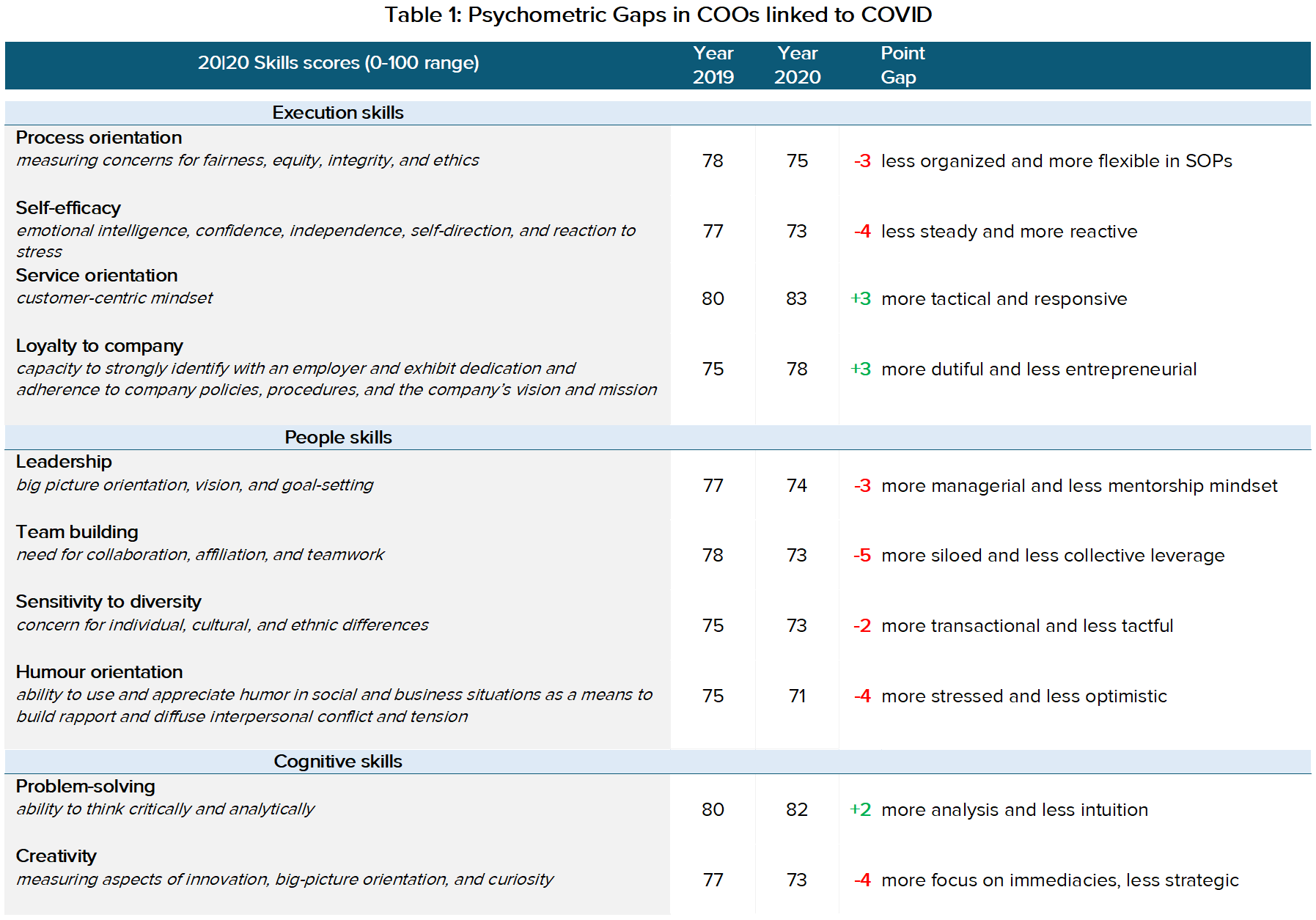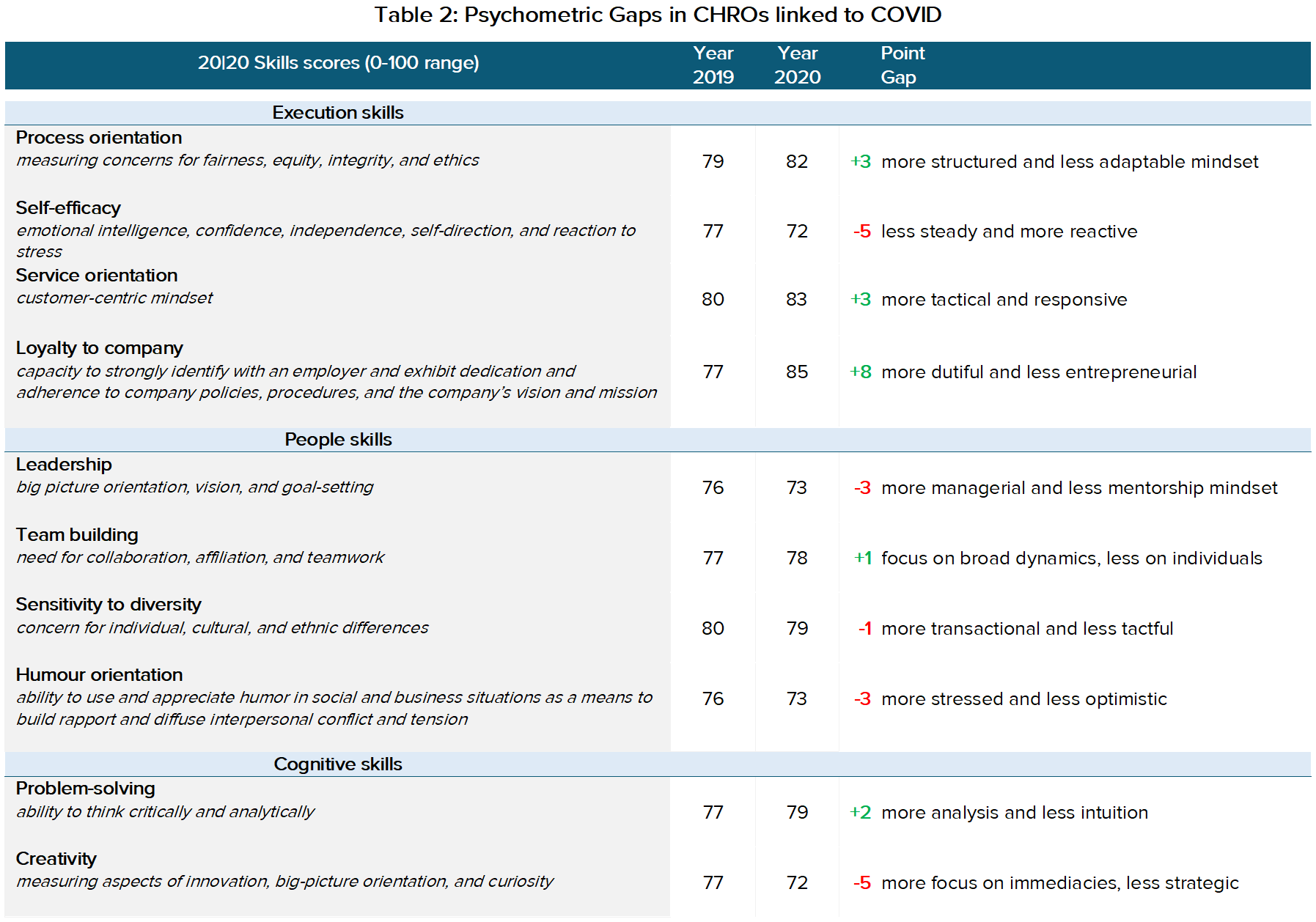Mind the ‘COVID’ Gap
There was a collective sigh of relief in early November when Pfizer/BioNTech, Moderna and the Oxford-AstraZeneca team announced in rapid succession their news of vaccines with 90%-plus efficacy rates. However, business leaders in the hospitality industry understand that these positive developments are not a 'silver bullet' to solving pressing problems in the here and now. Neither will be the breaking news of the now UK-approved Pfizer/BioNTech vaccine. The World Health Organisation (WHO) estimates that coronavirus vaccines might be deployed, at scale, early to mid-2021. Challenges remain, mostly centred around production, the roll-out and the logistics involved, as well as the training of medical staff administering the vaccines. And, with many travel restrictions still in place, and likely to continue to be upheld in some shape or form throughout Q1 of 2021, the pressure on operational performance, as highlighted by STR’s regular data updates, remains high. All these signs suggest a slow recovery.
Hospitality executives are consequently ‘living to fight another day’ – and they must be at the top of their game to ensure that they and their teams are coping with the ongoing ripple effects of this crisis. Still, rarely are the economies such that it is all ‘gloom and doom’. Even in markets with considerable downward pressure, there are leaders who proactively identify and capitalise on arising opportunities. Consequently, 'self-awareness' and 'self-reflection' should these days be highly valued leadership traits. Recent research by Aethos™ underscores that it all boils down to staying nimble and adaptable to new market conditions and business dynamics.
The COVID Gap Performance Analysis
Throughout 2020, Aethos™ witnessed first-hand how industry leaders and teams have deliberately, or inadvertently, shifted their performance dynamics in response to COVID. These shifts can be considered ‘gaps’ because they often have negative or unintended effects on the business and people practices of organisations. Intriguingly, these performance gaps are easily detected in the psychometric patterns of senior executives. Aethos™ thus decided to gather empirical data and find out what new patterns might have emerged. Aethos’ proprietary assessment – 20|20 Skills® – measures an individual’s status across ten core competencies that predict job performance in service-driven cultures. It gauges attitudes, knowledge areas, and skill sets in real-time and thereby can serve as a ‘barometer’ for monitoring situational factors, motivation, and mental well-being. To identify and illustrate the above referenced performance gaps, we have concentrated on the psychometric profiles of two key business functions in the global hospitality business – those of the Chief Operating Officer and the Chief Human Resources Officer (covering ‘business practices’ and ‘people practices’, respectively). Profiles taken in 2020 were contrasted to those completed throughout 2019 – and sure enough, the analysis revealed a significant divergence. Table 1 suggests that Chief Operating Officers have become — at least for now — less strategic, less entrepreneurial, less team-focused, and less leadership-oriented. At the same time, they depict greater tendency to be more dutiful and reactive in their actions, more transactional and tactical in their behaviour, and more flexible in their thinking, basing their decisions to a greater extent on analysis rather than set SOPs. These trends arguably speak to ongoing ‘navigation’ issues stemming from 2020’s unprecedented circumstances.
Accordingly, the current COO psychometric profile is perhaps best characterised as a ‘Trouble-shooter’. This profile might be expected, and even required, during a crisis such as the ongoing pandemic – it helps to keep things moving, but it also comes at a cost. Particularly, troubleshooting entails being heads-down, fighting demotivation or burnout, and likely doing the tactical work of at least one level down.
Table 1 suggests that Chief Operating Officers have become — at least for now — less strategic, less entrepreneurial, less team-focused, and less leadership-oriented. At the same time, they depict greater tendency to be more dutiful and reactive in their actions, more transactional and tactical in their behaviour, and more flexible in their thinking, basing their decisions to a greater extent on analysis rather than set SOPs. These trends arguably speak to ongoing ‘navigation’ issues stemming from 2020’s unprecedented circumstances.
Accordingly, the current COO psychometric profile is perhaps best characterised as a ‘Trouble-shooter’. This profile might be expected, and even required, during a crisis such as the ongoing pandemic – it helps to keep things moving, but it also comes at a cost. Particularly, troubleshooting entails being heads-down, fighting demotivation or burnout, and likely doing the tactical work of at least one level down.
 Table 2 indicates that Chief Human Resources Officers have likewise become less strategic, less entrepreneurial, and less leadership-oriented, while simultaneously becoming more transactional, tactical, reactive, and analytical. However, CHROs show curious differences to the COOs — i.e., CHROs seemingly exhibit stronger team-building orientation and dutiful mindset, as well as a strikingly greater sense of process orientation (or being rule-conscious). It is perhaps impossible to know for sure, but this general profile with its differential patterns might speak to the ongoing ‘control’ issues that HR professionals face when striving to manage threats or challenges to an organisational culture and related perceptions involving parity and fairness.
As a result, the current CHRO psychometric profile might be characterised as an ’Arbitrator’. This profile might make sense under the circumstances to ensure that as ‘things are moving along’ they are also being done in the right ways to protect the organisational culture as much as possible. In other words, higher ‘Emotional Intelligence’ (EQ) and team orientation that are needed to successfully navigate the rough social waters of businesses that are dealing with crisis.
Yet, there also potential costs to an approach strongly rooted in arbitration. Here, the higher EQ of ‘arbitrators’, who are concerned with employee sentiment and motivation, can clash with the higher IQ of ‘trouble-shooters’, who are focused on quick, resourceful, and financially responsible decisions and actions. The result can be bottlenecks to decision-making and lack of cross-leader alignment on goal- and priority-setting. On the other hand, organisations that ‘mind their gap’ – i.e., proactively recognising the presence and role of rival profiles — would be in the best position to work towards making these individual leaders ‘complementary forces’ to collectively sustain or improve company performance. Simply put, senior leadership teams might need both ‘trouble-shooters’ and ‘arbitrators’ to survive, or thrive, in today’s turbulent and uncertain market conditions.
Table 2 indicates that Chief Human Resources Officers have likewise become less strategic, less entrepreneurial, and less leadership-oriented, while simultaneously becoming more transactional, tactical, reactive, and analytical. However, CHROs show curious differences to the COOs — i.e., CHROs seemingly exhibit stronger team-building orientation and dutiful mindset, as well as a strikingly greater sense of process orientation (or being rule-conscious). It is perhaps impossible to know for sure, but this general profile with its differential patterns might speak to the ongoing ‘control’ issues that HR professionals face when striving to manage threats or challenges to an organisational culture and related perceptions involving parity and fairness.
As a result, the current CHRO psychometric profile might be characterised as an ’Arbitrator’. This profile might make sense under the circumstances to ensure that as ‘things are moving along’ they are also being done in the right ways to protect the organisational culture as much as possible. In other words, higher ‘Emotional Intelligence’ (EQ) and team orientation that are needed to successfully navigate the rough social waters of businesses that are dealing with crisis.
Yet, there also potential costs to an approach strongly rooted in arbitration. Here, the higher EQ of ‘arbitrators’, who are concerned with employee sentiment and motivation, can clash with the higher IQ of ‘trouble-shooters’, who are focused on quick, resourceful, and financially responsible decisions and actions. The result can be bottlenecks to decision-making and lack of cross-leader alignment on goal- and priority-setting. On the other hand, organisations that ‘mind their gap’ – i.e., proactively recognising the presence and role of rival profiles — would be in the best position to work towards making these individual leaders ‘complementary forces’ to collectively sustain or improve company performance. Simply put, senior leadership teams might need both ‘trouble-shooters’ and ‘arbitrators’ to survive, or thrive, in today’s turbulent and uncertain market conditions.
Mind the Gap – Decoding the Psychometric SWOT
Any business or human resources leader will know that data is key to identifying either potential problems early on, or swiftly occurring trends which might impact company performance. However, data are useless without proper interpretation and sensible implementation. So, despite all the pressing tactical priorities that have been born of this current pandemic, organisations are well advised to spend time taking a ‘temperature check’ of their executive leaders and leadership teams. Staying in-tune is 'mission critical' in good times, and even more so in chaotic and challenging times. Engaging in a thought-exercise as above – one that includes reviewing and assessing a leader’s drivers, motivations, and mentality – supports executives and organisations by identifying internal, external, and situational factors that routinely influence individual and team performance. It can also help to normalise a situation and promote a ‘clear head’, thereby avoiding being bogged down in fighting mode without the clarity of mind to recognise, and act on, opportunities. Such an exercise can also identify steps needed to enhance output or collaboration by showing a team how to play-off of each other’s strengths. These types of individual and collective insights are akin to ‘market intelligence’ that gives evidence-based guidance to better align an organisation’s people practices with its business strategies.